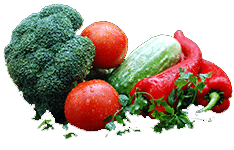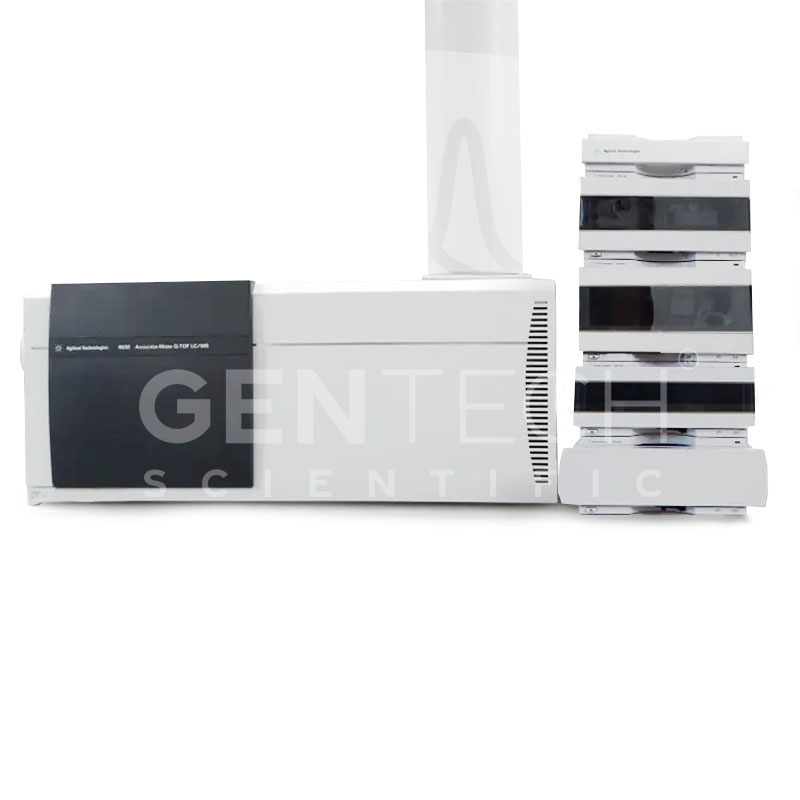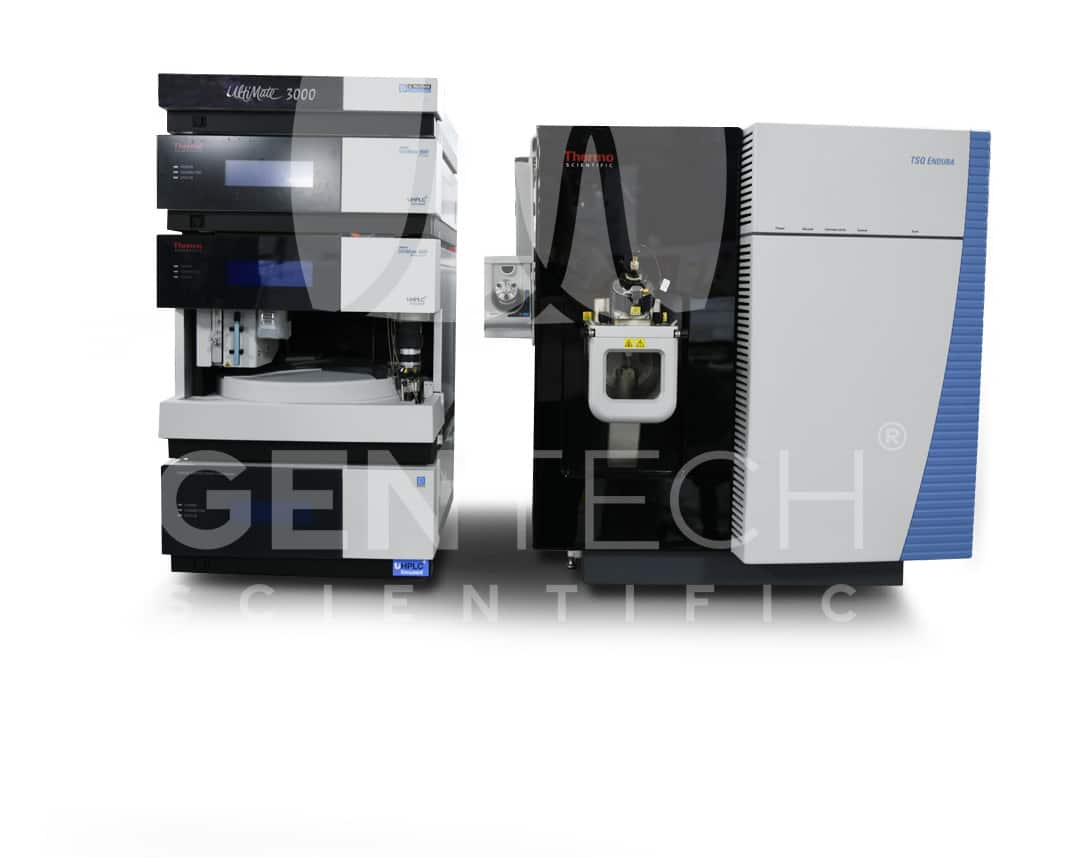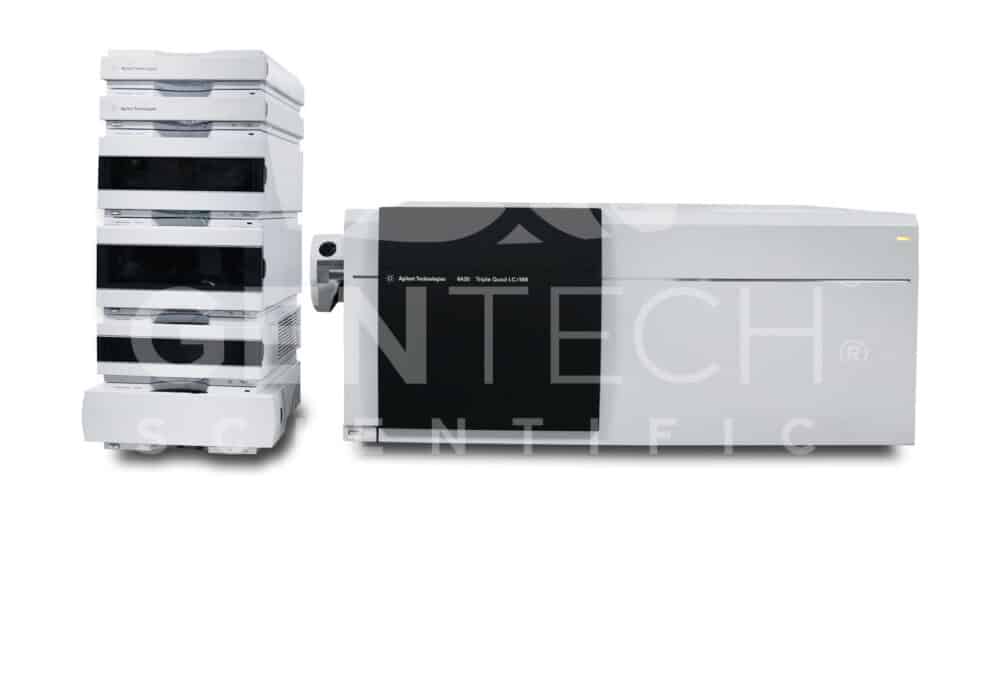Food safety is a concern across the entire food and beverage industry – anywhere food is processed, stored or sold.
Food and beverage testing is a critical aspect of ensuring product safety, quality, and compliance with regulatory standards. Laboratories in this field conduct a variety of tests to analyze the chemical, physical, and microbiological properties of food products, ingredients, and beverages. These tests are essential for maintaining consumer safety, product consistency, and regulatory compliance.
Types of Testing:
F O O D A N D B E V E R A G E A N A L Y S I S

Which instruments do you need?
GC/MS (Gas Chromatography/Mass Spectrometry)
Crucial for Quality Control (QC) in the food industry, GC/MS is used to analyze compounds that impact aroma, flavor, and sensory characteristics - all indicators of food quality and authenticity.
LC/MS (Liquid Chromatography/Mass Spectrometry)
An extremely powerful technique due to its high sensitivity, selectivity, and flexibility. LC/MS can analyze complex mixtures and bioactive compounds, making it ideal for detecting contaminants such as pesticides, mycotoxins, or antibiotic residues, and for determining the nutritional content of foods.
Spectrophotometry and UV-visible (UV-Vis) Spectroscopy
Spectrophotometers can measure bacteria and substance concentrations; used in quality control and other food and microbiome analyses.
Featured Instruments
for Food & Beverage Analysis
Agilent 6530 Q-TOF LC/MS with 1260 HPLC Front End
The Agilent 6530 Accurate-Mass Quadrupole Time-of-Flight (Q-TOF) LC/MS system features Agilent Jet Stream Thermal Focusing technology, along with Agilent’s True High-Definition TOF (True Hi-Def TOF) technology. Together, these technologies deliver exceptional sensitivity, excellent mass accuracy, fast data acquisition, and streamlined qualitative and quantitative analyses. Ideal for food and beverage testing, among other demanding analyses.
Thermo TSQ Endura Triple Quad LC/MS with Dionex Ultimate UHPLC
Robust. Fast. Sensitive. This triple quadrupole MS offers the LOD and LOQ needed by high throughput food laboratories.
Agilent 6430 Triple Quad LC/MS with Agilent 1260 HPLC
Exceptional sensitivity and precision make this triple quad LC/MS system ideally suited for food safety testing, as well as pharmaceutical and environmental applications – and more.
More Resources
- Food authenticity testing part 1: The role of analysis
- Food authenticity testing part 2: Analytical techniques
- Food Safety Management (ISO2200:2018)
- Different Food Applications on a Single LC System Using Automated Column and Solvent Selection
- Five Keys to Unlock Maximum Performance in the Analysis of Over 200 Pesticides in Challenging Food Matrices by GC/MS/MS
- Improving Food Safety Analysis with LC/Q-TOF
- Food Integrity Application Compendium – from ThermoFisher Scientific
- Bacterial Pathogens, Viruses, and Foodborne Illness – USDA National Agricultural Library




